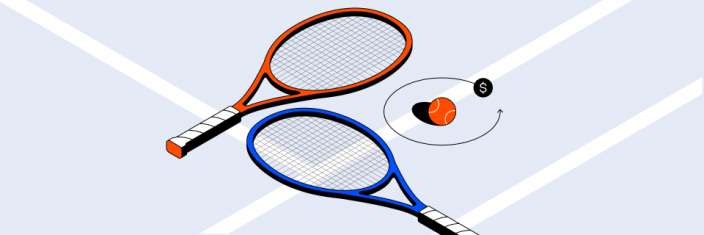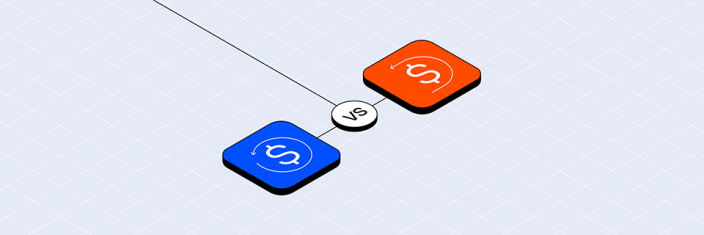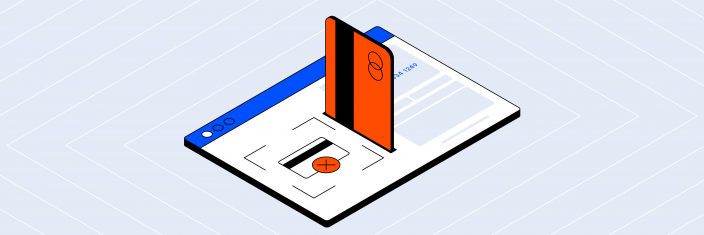Bank Rate
A bank rate, or the discount rate in the United States, is the interest rate at which a country’s central bank lends money to domestic banks, typically through short-term loans. The central bank manages this rate as a means to influence economic activity. Lowering the bank rate can stimulate economic expansion by reducing the cost of borrowing for individuals and businesses. On the other hand, raising the bank rate helps control the economy during periods of higher-than-desired inflation.
- The bank rate is the interest rate a country’s central bank charges for funds borrowed by domestic banks.
- In the United States, the Board of Governors of the Federal Reserve System determines the discount rate.
- The Federal Reserve adjusts the discount rate to either slow down or stimulate the economy.
- The Federal Reserve offers banks three types of credit: primary, secondary, and seasonal.
- In contrast to the bank rate, the overnight rate represents the interest banks charge when lending funds to each other.
How Bank Rates Work:
In the United States, the bank rate is called the discount rate. The Board of Governors of the Federal Reserve System sets this rate along with the reserve requirements for banks. The Federal Open Market Committee (FOMC) regulates the money supply by buying or selling Treasury securities. The discount rate, the value of Treasury bonds, and reserve requirements significantly impact the economy. This management of the money supply is commonly referred to as monetary policy.



